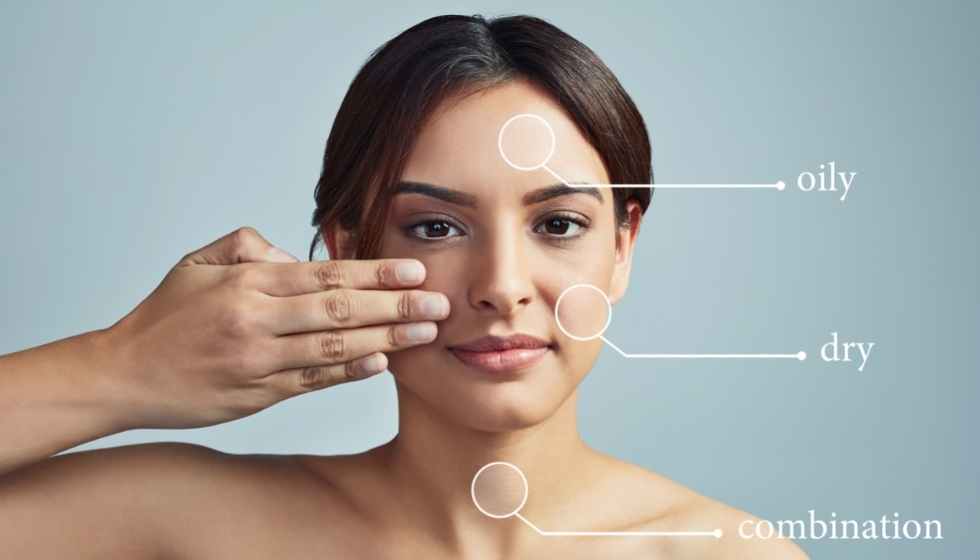

The skin is the largest human organ and is different for everyone. Therefore, it is essential to be aware of the different types, conditions, and diseases that can affect each.
Skin type is determined by genetics, but its condition can change under hormonal levels, climate, colds, chronic diseases, and improperly selected cosmetics. It is customary to distinguish four main types, each with its characteristics and requiring specific care procedures. Which ones we understand together with a dermatologist and a cosmetologist.
Skin type is what a person is born with, and it is primarily determined by heredity. Skin type also depends on the activity of sweat and sebaceous glands. As a rule, four main types are distinguished :
This separation is often referred to as cosmetic. It is believed that it was first proposed at the beginning of the twentieth century by Helena Rubinstein. Such a classification is quite simple and understandable, and marketers of cosmetic companies significantly fell in love with it.
But in reality, this typification is not exhaustive. A dozen different scales in the arsenal of dermatologists and cosmetologists allow you to attribute the skin to a specific type.
For example, the Fitzpatrick classification, developed at the end of the 20th century, is based on skin color and its reaction to the sun. This approach is used, among other things, to determine the sun protection factor and to predict the risk of skin cancer.
Another scale is named after Leslie Baumann. It describes the type of skin and the conditions that it acquires for a while. In particular, it considers how sensitive the skin is to various irritants, is prone to pigments and wrinkles, and is saturated with moisture. As a result, combinations of these characteristics form 16 different options.
Finding out your skin type on your own is quite tricky. First, it is often challenging to evaluate oneself critically; second, an expert warns that a temporary skin condition can be mistaken for a type. Therefore, the surest way is to contact a specialist.
Method 1
Wash your face and gently pat your skin dry;
Wait about 15 minutes, and then press a thin paper napkin to various parts of the face;
If the paper collects fat in all areas – the skin is oily;
If the paper does not stick to any part of the face – dry;
Attaches only to the chin, nose, and forehead (T-zone), then the skin is normal or a combination.
Method 2
You can learn a little more about your skin just by observing it. It is worth paying attention to your feelings after washing and without cosmetics.
Method 3
There are many tests and questionnaires on the Internet with which you can try to determine the type of skin. Alternatively, you can use one of the smartphone apps. In most of these programs, it is enough to upload your selfie or a series of photos, after which artificial intelligence will issue a verdict.
Such skin looks smooth, supple, and elastic, says Natalya Lukasheva, Ph.D. dermatologist-cosmetologist at the Semeynaya clinic. It almost does not show pores or black dots, and it has a uniform shade. It almost does not create problems, as it can quickly compensate for the negative impact of external factors.
Should protect normal skin from UV radiation by choosing creams with SPF filters. In winter, cold creams are suitable for protection from wind and frost, although the need for them infrequently arises, the doctor notes. The use of night creams with antioxidants will help fight the mechanisms of internal aging.
Dry skin can appear under external factors, such as low humidity or climate change. This is usually temporary, but it can become a lifelong condition for some. Such skin lacks lipids that retain moisture and create a protective barrier. Dryness of varying severity is considered one of the most common complaints, especially in women.
Oily skin is manifested due to increased production of sebum. It is characterized by excessive shine, severely enlarged pores, and a problem with blackheads. Due to irrational care, for example, when using alcohol-based lotions or alkaline soaps, oily skin can become dehydrated, causing tightness and peeling, warns dermatologist Natalya Lukasheva.
How to care for oily skin
This post was last modified on May 20, 2022
Meticulous preparation and close attention to detail will guarantee that these worthwhile properties arrive at…
According to human psychology, humans think a lot and assume everything that is happening in…
The Face Roller Massager has many benefits, from relaxation to reducing all signs of aging.…
Moviezwap site is available on the internet; everyone can browse the moviezwap.org Hindi, Telugu, and…
Hodophile can be found all over the world, and they come from all walks of…
If you're trying to get pregnant, it's worth thinking about improving your diet. Avoid sausages,…